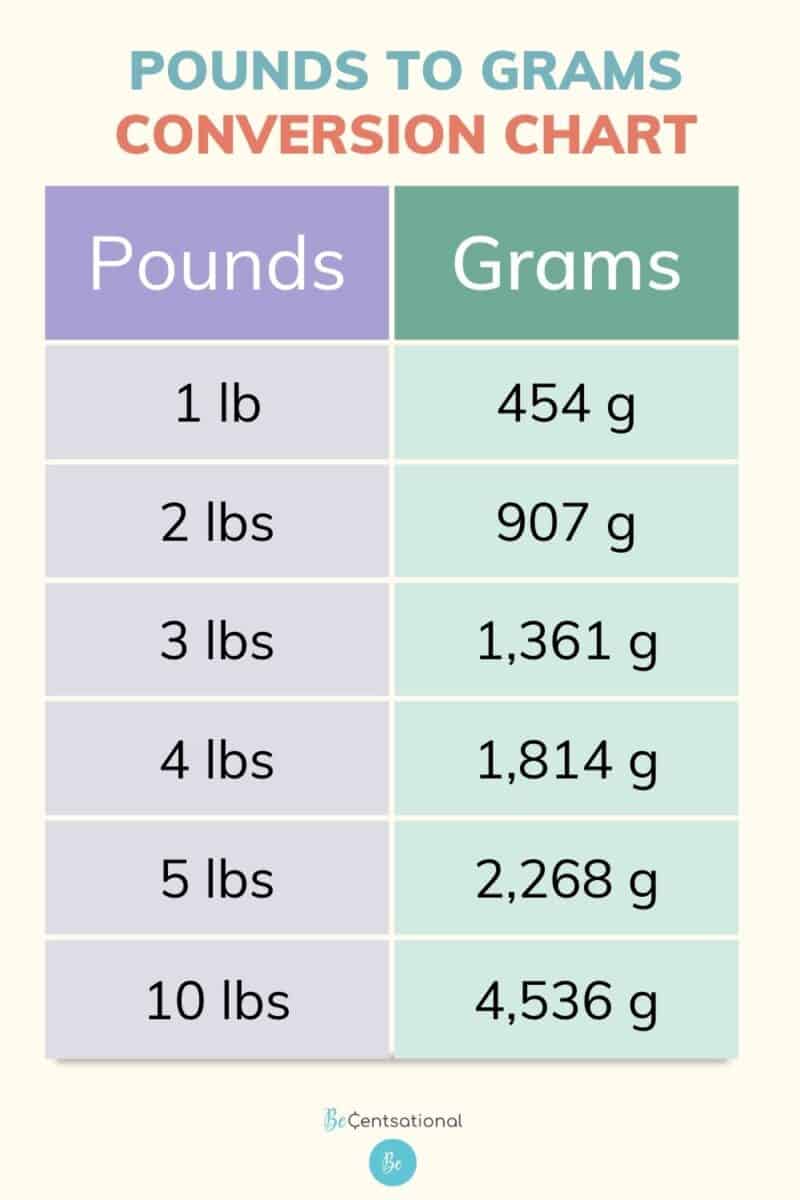How Many Ounces In 84 Grams
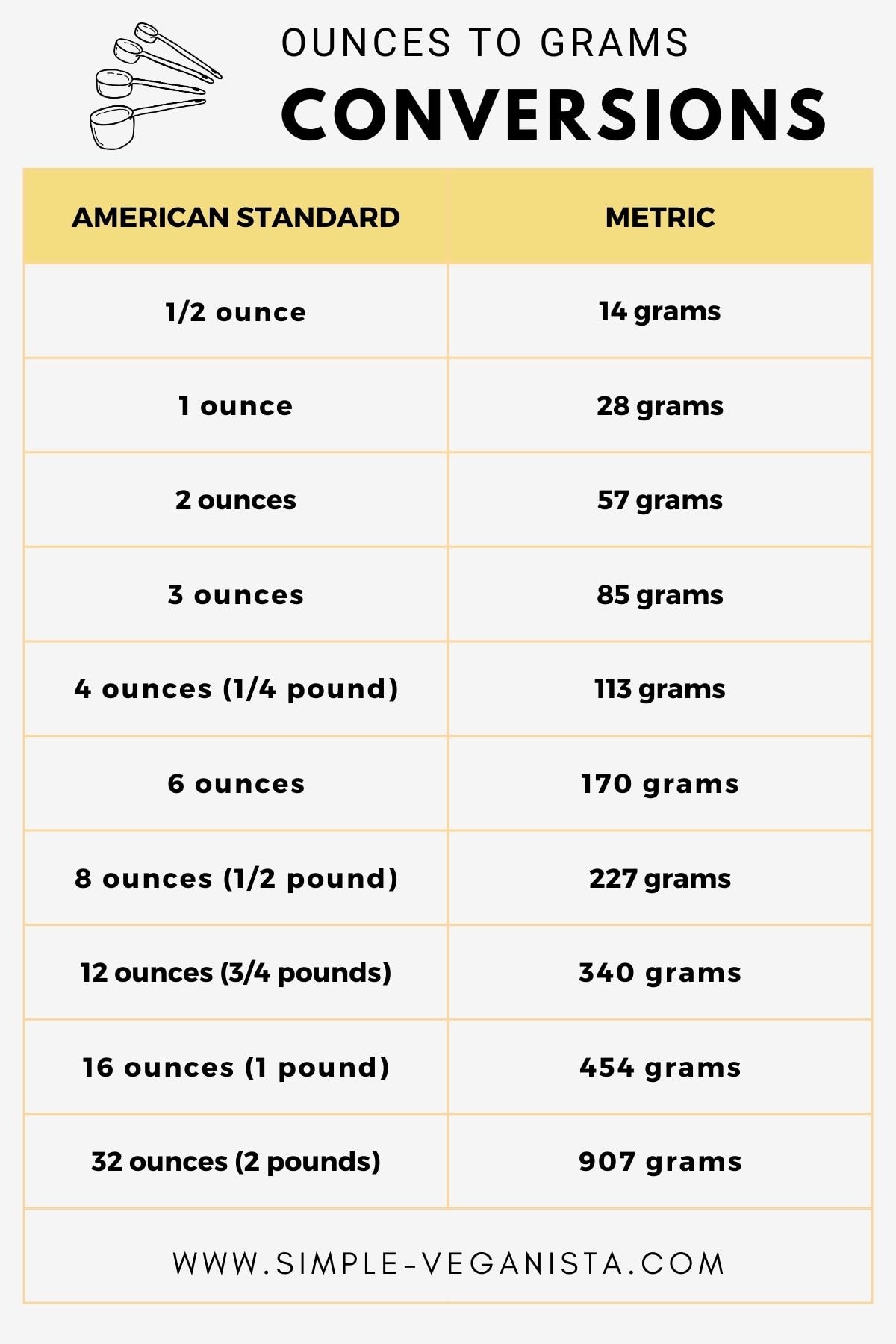
Imagine you're in your kitchen, sunlight streaming through the window, sifting flour for a delicate cake. The recipe calls for grams, a metric measurement, but your trusty kitchen scale is stubbornly set to ounces, the imperial unit you're more comfortable with. Suddenly, you're faced with a conversion conundrum, a common kitchen dilemma that transcends culinary spaces and touches upon the broader world of measurement systems.
The question at hand: how many ounces are in 84 grams? The answer, crucial for accuracy in cooking, science, and everyday life, is approximately 2.96 ounces. Understanding this conversion requires a grasp of the relationship between the metric and imperial systems, a topic steeped in history and practical application.
The Metric System: A Decimal Delight
The metric system, a decimal system of measurement, originated in France during the French Revolution in the late 18th century. Its creators sought a standardized, logical system based on powers of ten, simplifying calculations and promoting international collaboration. The gram, the base unit of mass in the metric system, is defined as one-thousandth of a kilogram.
The beauty of the metric system lies in its prefixes. Kilo- means thousand, milli- means thousandth, and so on. This simplicity allows for easy conversions between units: 1 kilogram is 1000 grams, and 1 gram is 1000 milligrams. This inherent consistency made it appealing to scientists and engineers worldwide.
The Imperial System: A Historical Hodgepodge
The imperial system, also known as the British Imperial System, is a collection of units that evolved over centuries. Unlike the metric system's logical structure, the imperial system is rooted in tradition and historical happenstance. Units like the ounce, pound, and inch have origins that are often more tied to custom than to a defined scientific standard.
The ounce, for example, has various definitions depending on the context. There's the fluid ounce, used for measuring volume, and the avoirdupois ounce, used for measuring weight or mass. These inconsistencies can create confusion, particularly when converting between different types of measurements.
The Conversion: Grams to Ounces
The conversion factor between grams and ounces is approximately 28.3495 grams per ounce. This means that 1 ounce is equal to roughly 28.3495 grams. Therefore, to convert grams to ounces, you divide the number of grams by this conversion factor.
So, for 84 grams, the calculation would be: 84 grams / 28.3495 grams/ounce ≈ 2.96 ounces. This calculation gives us the answer: 84 grams is approximately equal to 2.96 ounces. It is important to remember that this is an approximation, and using a more precise conversion factor will give a slightly more accurate result.
Why Does This Matter?
Understanding the conversion between grams and ounces is important in various fields. In the kitchen, precise measurements are crucial for consistent results in baking and cooking. In science and engineering, accuracy is paramount for experiments and calculations.
International trade also relies on conversions between measurement systems. Products are often labeled with both metric and imperial units to cater to different markets. Clear communication of measurements is vital to prevent misunderstanding and to avoid errors.
Even everyday life requires knowledge of these conversions. Consider when traveling abroad, deciphering recipes, or comparing product sizes. Familiarity with the relationship between grams and ounces can significantly improve your understanding of the world around you.
Tools for Conversion: Scales and Calculators
In the modern era, converting between grams and ounces is easier than ever. Digital kitchen scales often allow you to switch between measurement units with the touch of a button. These scales provide accurate and convenient conversions.
Online conversion calculators are also readily available. These tools allow you to enter a value in grams and instantly see the equivalent value in ounces, and vice versa. This is especially helpful when dealing with more complex conversions or when a high degree of accuracy is required.
Furthermore, many smartphones have built-in unit conversion apps. These apps are a convenient and portable way to convert between different units, including grams and ounces, making them accessible wherever you go. These are convenient when on the go.
A World of Measurement
The differing systems of measurement reflects a diverse global history. While the metric system is largely embraced worldwide, the imperial system persists in certain regions, mainly the United States. This is why it is so crucial to understand both systems.
Though the conversation around complete global metrication continues, for now it's beneficial to be able to switch between systems. Understanding both systems allows for better communication, reduces errors, and facilitates smoother interactions across different fields and cultures. This is vital for ensuring the world continues to communicate efficiently and effectively.
Ultimately, the ability to convert between grams and ounces represents more than just a mathematical skill. It embodies a broader understanding of measurement systems and their role in shaping our world, and the importance of learning and understanding measurement.


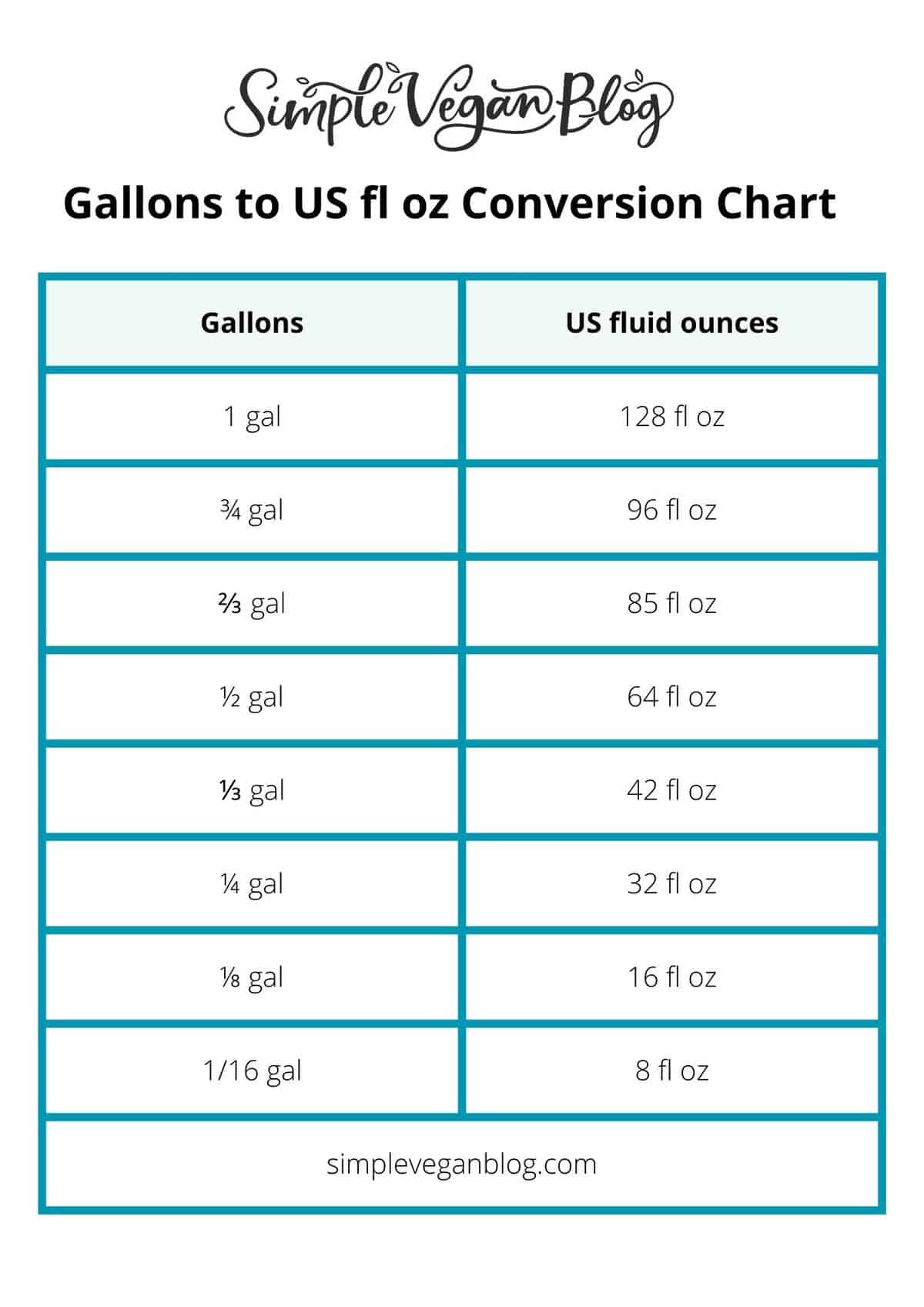
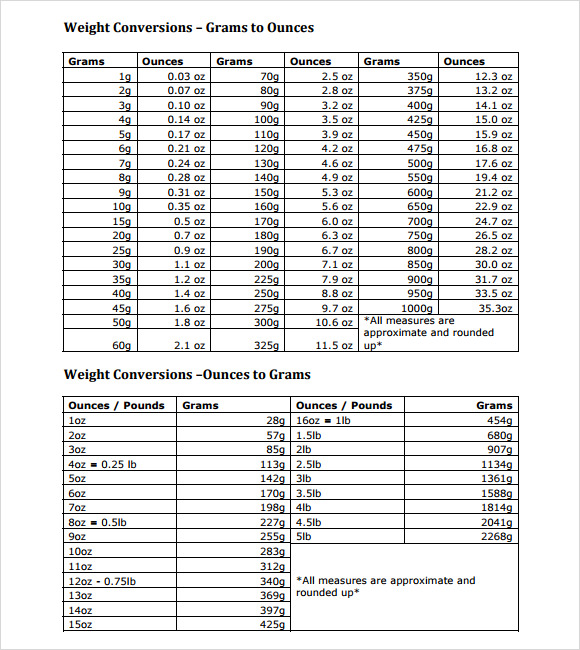
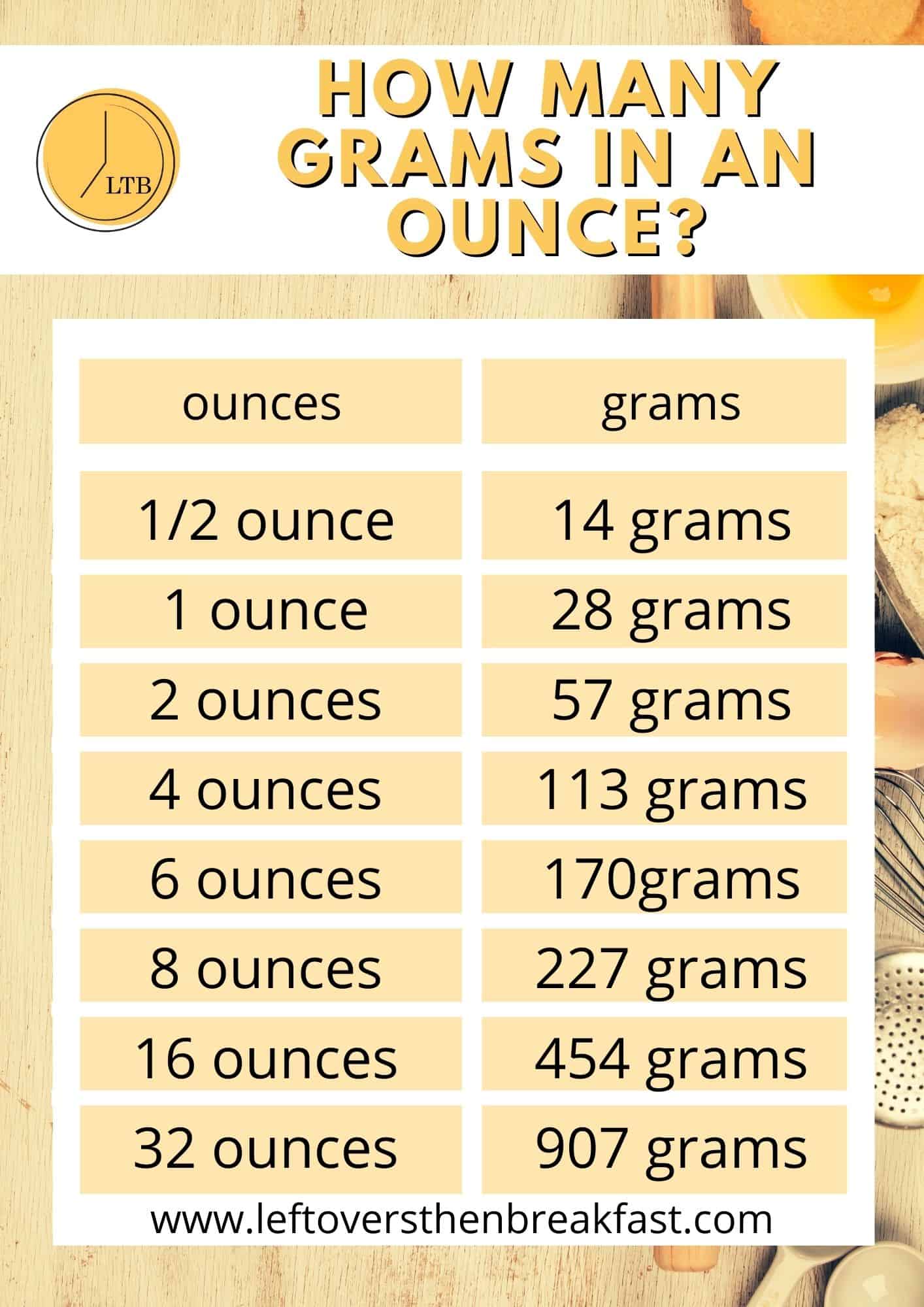



![How Many Ounces In 84 Grams Grams to Cups Converter [Free Calculator + Charts] - Instacart](https://www.instacart.com/company/wp-content/uploads/2023/01/common-ingredient-conversions-1200x1012.png)





